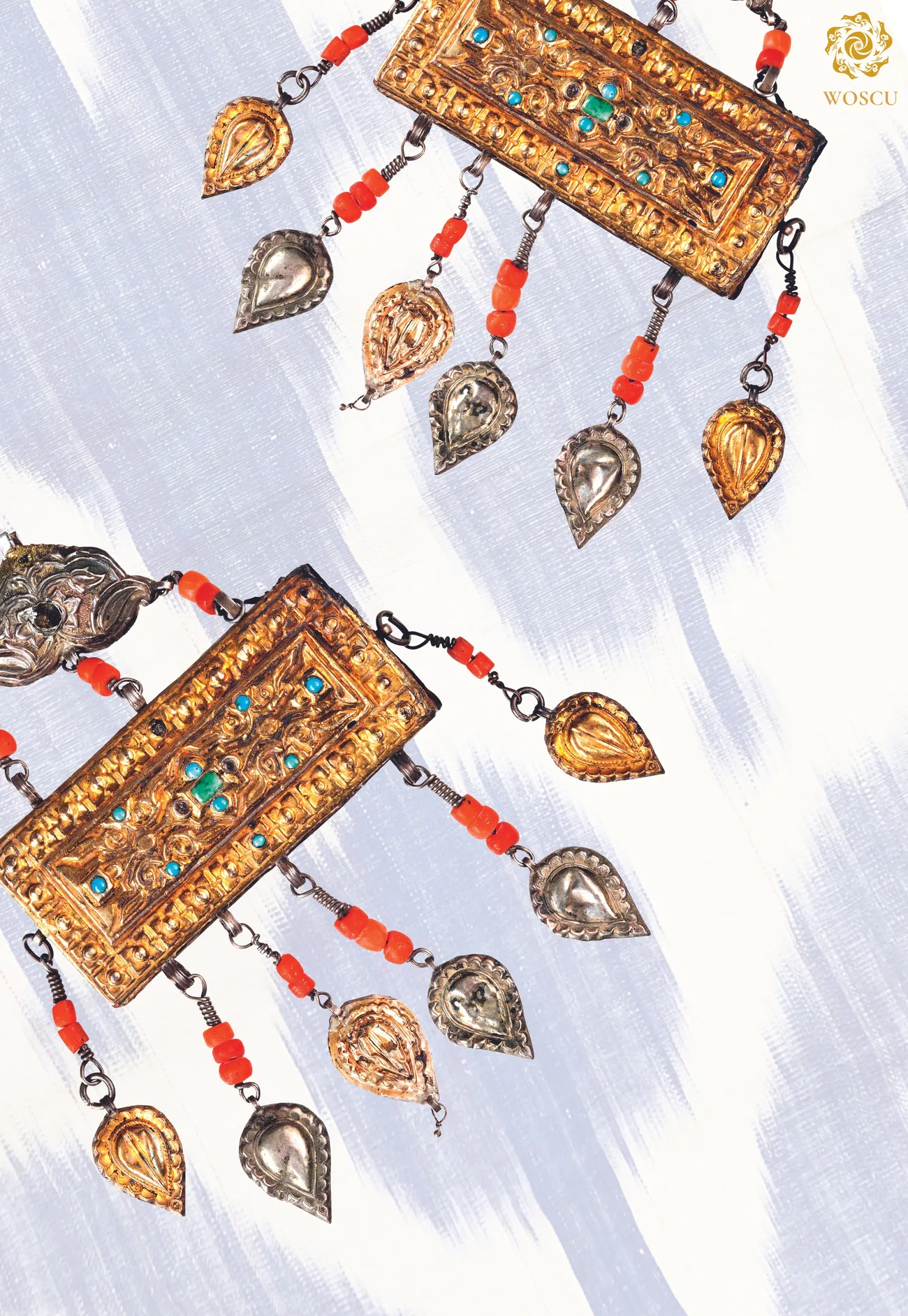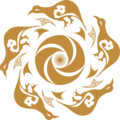Tumor is a silver or gilded box with an amulet for protection against the evil eye, diseases and infertility. A sheet of paper with prayer words worked as an amulet. Previously, amulet cases contained other objects which were regarded to have magical properties (a needle, a piece of coal etc.).
Tumors were most often triangular, rectangular or cylindrical in shape, with various pendants and beads. They were fixed to a hat or item of clothing, worn individually or in pairs on the chest, shoulder or under the arm; these zones, according to beliefs, were most vulnerable. Tumors were an integral part of children’s clothes and bridal accessories. Often the bride wore several amulets at once, which were designed to ensure her fertility. Women wore tumors before the birth of the first, and sometimes the second child. In case of death of a newborn, tumors were worn constantly.
In the jewelry collection of the Náprstek Museum, objects dating back to the late 19th – early 20th centuries predominate. Samarkand jewelry is front-temporal adornment called mokhi tillo, khalka filigree earrings and small kozik isirga earrings, which became the property of the museum in 1891 and 1902. The Tashkent style is represented by a set of earrings with gajak pendants, acquired in 1883. Bukhara jewelry technologies dated to the same period (for example, the tagnishin technique) can be seen in belt buckles and khalka earrings. A small set of Tashkent and Bukhara amulet cases (tumor, bozuband) is also very significant. It dates back to the early 20th century. As part of professional research, an X-ray fluorescence analysis of this collection of jewelry was undertaken in 2012 to specify the composition of the materials this jewelry was made of.
You can learn more about the topic in the book-album "The Collection of the Czech Republic" (Volume XVI) in the series "Cultural Legacy of Uzbekistan in the World Collections".
The main sponsor of the project is the oilfield services company Eriell-Group.

